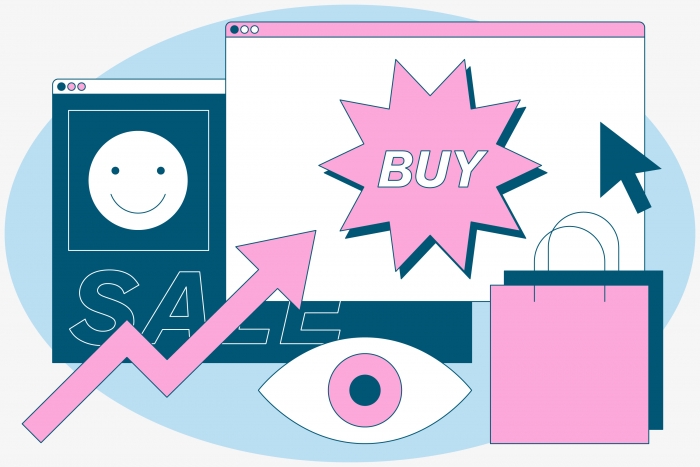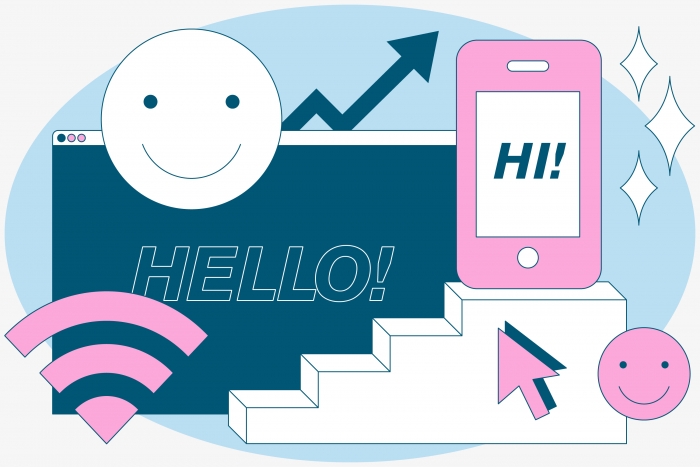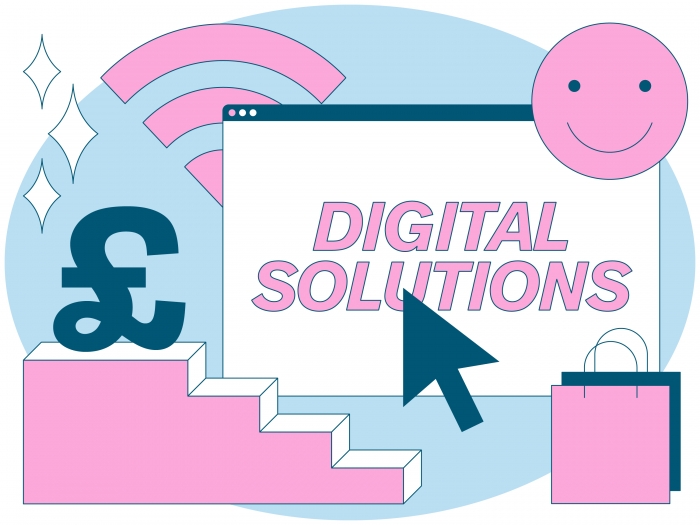Posted by Tamsyn Strike
Even with the easing lockdowns across the world, it’s anticipated that digitalisation will continue to expand, making now a crucial time explore online solutions.
Here are 10 digital solutions businesses have adopted to help keep their business open, even if their doors are closed.
1. Get your shop online
As people have embraced social distancing as a way to slow the spread of COVID-19, it’s meant a natural drop-off in bricks-and-mortar shopping. A survey by Engine found that people were spending on average 10-30% more online. It may be an obvious piece of advice, but it’s never been more important for retailers to get online.
2. Keep your business visible
Some people have a lot more free time on their hands and many are turning to social media for information and entertainment. It’s crucial to stay engaged with your customers on social media and keep your business at the top of their minds. It’s also a great opportunity to show how your businesses is adapting and changing to meet their needs. Not sure where to start? Read our article on which social media channels you should be using.
3. Anticipate changing needs
It’s important to remember that your customers’ pain points today might change completely one month from now. Online surveys are an excellent way to find out what customers think of your business now and what they would like to see more (or less) of in the near future. Why not add an extra incentive for giving feedback by entering them into a product giveaway?
4. Introduce new products or services
People are spending more time at home and this has presented an opportunity for business to change-up their product offerings and even create new ones.
For instance, more people are trying their hand at home-cooking and a logical shift for restaurants has been to offer semi-prepared meals or meal-prep kits that can be ordered through an online store and picked up by the customer.
You could even utilise your employees and redeploy them to hand-deliver products purchased online. It reduces the risk of cross-transmission between your customers and allows essential services to reach more vulnerable customers while keeping your employees in work.

5. Live-stream your services
To keep their customers in shape, many exercise studios are live-streaming their classes, as well as developing one-to-one training sessions through apps like Skype, Zoom and FaceTime.
If customers are unsure about how online classes would work, why not provide a free class on your social media? It gives you the chance to demonstrate what your paid service would look like and you might grab the attention of new customers too. This model can work across multiple sectors!
6. Keep payments contactless
Long considered to be old-school tech, the QR code is experiencing a resurgence during the pandemic. From restaurants to retailers and even service-based businesses, they’re helping provide an end-to-end contactless experience.
A QR code is a two-dimensional barcode, which you can scan using your smartphone camera or a QR-code reader app. Once you’ve scanned, you’re automatically redirected to a predetermined website.
Using a QR code to accept payments works in the same way: you can generate a QR code specifically for your business and redirect your customers to your preferred payment portal. This could help customers cut out physical contact with your point-of-sale terminals, help pay for delivery services or even tip your staff.
7. Move your menus online
Restaurants are being discouraged from the use of reusable menus, which is why many are turning to digital solutions. Once again a QR code can help direct customers, this time to branded restaurant menus hosted on your website. Making your menus responsive will ensure that mobile users can read with ease.
You could even go a step further and adopt an app that allows contact-free ordering and payment all in one. Digital order and pay platform Ordamo found that 67% of users felt it was much safer ordering food from their own mobile device than interacting with restaurant staff.

8. Offer real-time support
For many businesses, telephone and email have been the main points of contact for customers, but a lot of companies have been unprepared for the skyrocketing volume of calls and emails during the pandemic.
A Live Chat service is a great way for customers to reach out and get an immediate response, while employees are able to easily manage multiple chat conversations. Not only that, but Kayoka reported that 79% of businesses who implemented live chat saw an increase in customer loyalty, sales and revenue.
9. Sell online gift cards
In times of crisis and calmer seasons, gift cards sold online through your website can help provide an immediate cash flow. And once we’ve all returned to business-as-usual, gift cards can help create opportunities to get customers back through the door.
10. Offer customers an incentive for referrals
If you’ve been building up your mailing lists, now is the time to utilise them. Start a referral program by asking your customers to promote your business. It might involve them referring friends to sign up to your product or join your mailing list. Offer an incentive like discounts or a free product with their next purchase.
McKinsey & Company reports that word-of-mouth referrals make up 20-50% of most purchasing decisions, so why not take advantage of the opportunity?
Laying foundations for the future
The onset of COVID-19 radically changed how audiences “buy” (whether physical goods or services), and the legacy of this is likely to stretch far beyond the pandemic itself. The new ease of transactions, and the online availability of many services, is something that consumers will undoubtedly get used to. Many business changes made through necessity – the creation of online shops, for instance – will continue to have a positive effect on revenue for a long time to come. In short, the steps you take now will not only help now; they’ll also be future-proofing your business.

